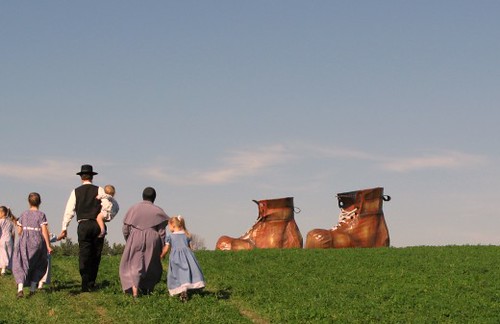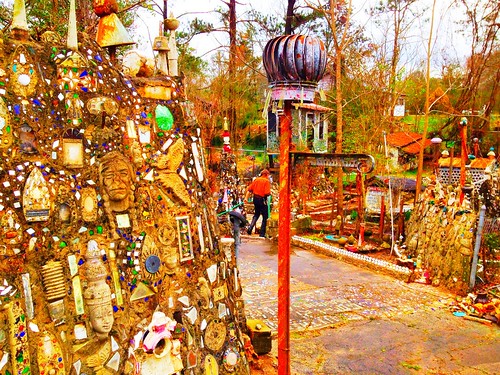
As part of USDA’s effort to partner with foundations and increase investments in rural America, the Department has been working with the National Endowment for the Arts and Artplace to maximize grants that are being made in rural communities. ArtPlace is a non-profit organization which implements a funding pool from thirteen national and regional foundations and six national banks. In the past two years ArtPlace has invested nearly $30 million to support organizations aiming to improve their communities through creative place-making.
Last week in Florida, ArtPlace held its first convening of grantees and invited USDA staff to the conversation. Many rural communities across the country are realizing that culture may be among their greatest assets and that innovative approaches to preserving those resources will be essential to strategies aimed at revitalizing main streets and enhancing communities so that people want to base their lives and businesses in rural America.
ArtPlace has made a number of the grants to rural cultural organizations which are working to ensure that the economic opportunities associated with the cultural economy are fully maximized. The initial rural based non-profit grantees include:
Wormfarm Institute in Sauk County, Wisconsin, Paradise Garden in Chatooga County, Georgia, Artsipelago at Tides Institute and Museum in Eastport, Maine, Higher Ground Project in Harland County, KY, Art and Ag Project in Yolo County, Calif., the Heritage Center at Red Cloud Indian School in Pine Ridge, South Dakota, Sitka Fine Arts Camp in Sitka, Alaska, Artspace Magic City Lofts in Minot, North Dakota, Whirligig Park in Wilson, North Carolina, and Art-Force in Siler City, Greenville, and Sanford North Carolina.
While most of ArtPlace’s grantees are based in cities, this effort shows how cultural projects in rural towns can have similarly favorable impacts as urban investments have on city neighborhoods.

“We are delighted that USDA is exploring ways the federal government can partner effectively with foundations through a collaboration such as ArtPlace,” said Anita Contini of Bloomberg Philanthropies. “Creative placemaking is a powerful approach in both large cities and small towns and rural areas. It shows us new ways for artists and communities to work together to create economic vitality and new opportunities for current residents and the next generation.”
In these times of decreasing federal resources, support from foundations to rural communities can provide a crucial boost and can instigate the sort of collaboration and strategic approach that has never been more important. USDA Rural Development is working with ArtPlace’s rural grantees to determine if and how our community development programs can complement the philanthropic investments being made by ArtPlace.


